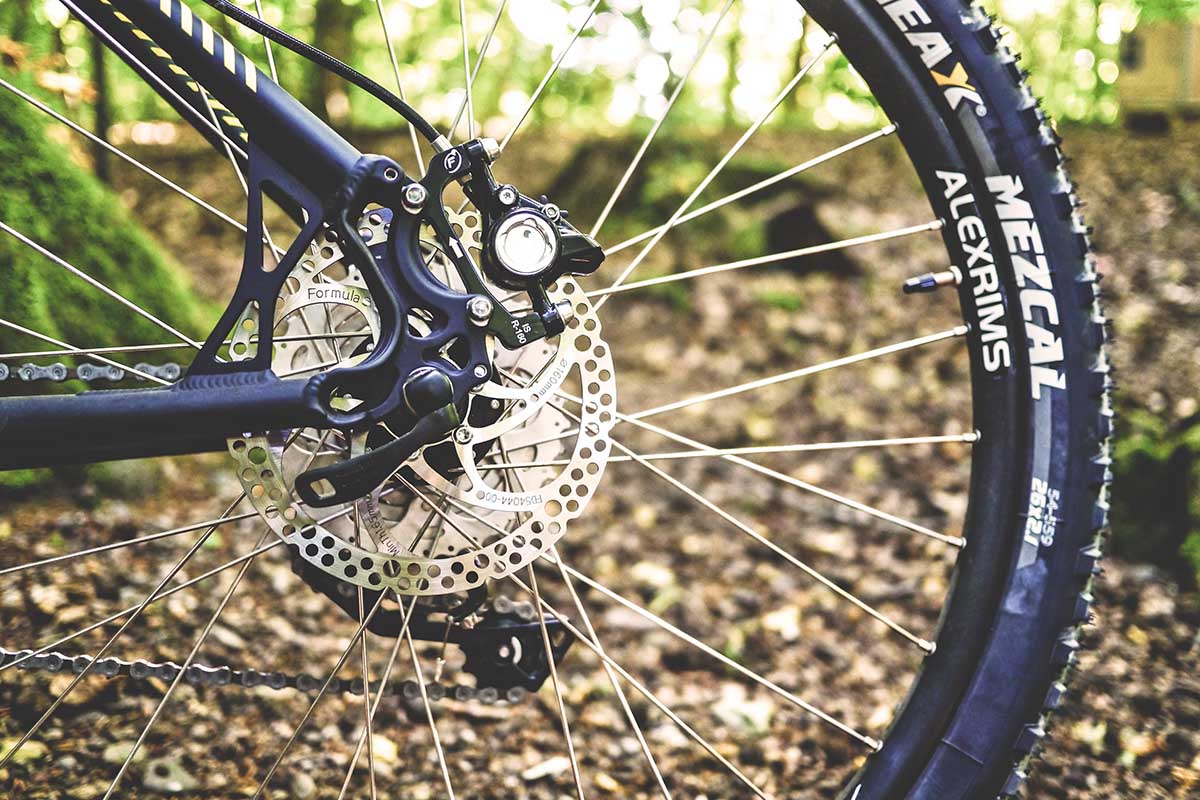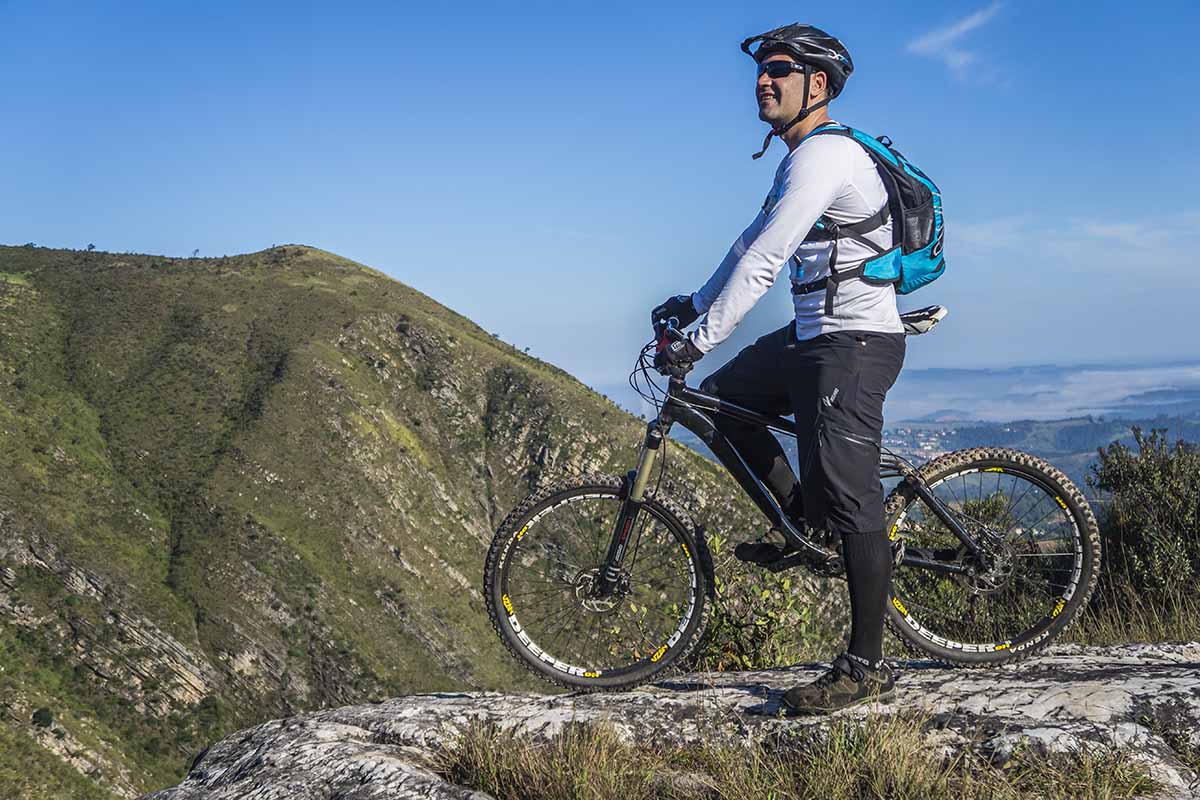All You Need to Know About Mountain Biking Injuries and Protection
Cycling is one of the sports that has the most positive health effects. Your muscles, ligaments, and tendons are less stressed than when jogging or playing tennis.
This mainly benefits overweight people who can’t find enough time to practice other sports requiring you to be on foot regularly.
In today’s article, we will cover several matters regarding injuries while cycling, how to protect yourself, and avoid these unpleasant moments like Mountain Biking Injuries.
Injuries and Protection
The majority of mountain bikers experience at least one acute injury over the years. Compared to skating, the risk of injury is more than twice as high.
The most common victims are knee expressions, skin injuries, bruises, and sprains. Luckily for us all, you can find just the right little helper at Your Best Brace that will eventually protect vital parts required for successful cycling and other forms of doing sports and training.
Unfortunately, difficult injuries account for only one-tenth of all bicycle injuries. Fractures usually affect the clavicle, closely followed by forearm and carpal bones.
Behind them are the pelvis, the thighs, and the fractures of the tibia. Sadly, there is nothing that is not found in mountain bike accidents. Also, shaft displacements (shoulder pads), complex knee and ankle injuries, spinal fractures, and brain damage are not uncommon.
Preparation and Equipment

A helmet is the best protection against serious head injuries. There are standard helmets and the full-visor version.
The latter also protects against facial and dental injuries, which is recommended for a rapid descent.
Gloves, non-combustible glasses, tape for knee taping, and special bike shoes reduce the risk of injury.
A cycling technique training teaches every beginner how to brake properly and demands uneven terrain on coordination. Only then should you bet on steep dirt roads.
Providers of such training programs are clubs, mountain bike schools, and sports hotels. You’ll likely find that a local shop, such as this Seattle bike store, will also be able to offer friendly advice on things such as this.
Check your mountain bike for signs of material fatigue before each tour. This is even more accurate than for a regular bike ride. One should not forget to recheck the quick release for tightness.
Do not risk severe stretches. Here’s how: Adjust the range of your physical performance and skills – not the other way around!
Steep, Slippery, Worn out
Styrene often falls during rapid descents on steep slopes. Surfaces such as gravel roads, wet meadows, or deep muddy roads are risk factors. Collapse with other road users or trees along the road is less common here.
Despite all the technological advances, material wear and brake faults are often the cause of accidents. Almost half of all bikes sold in the world are mountain bikes. However, most owners do not use these scooter bikes for travel to the mountains, but to travel in the city and plain terrain.
This can cause hazards in the mountain bike since the cross-country skiing style, and the mountain path is designed for its frame.
This significantly reduces the chances of you falling from it or simply losing control.
So, What Causes Most Accidents?

On a wet or icy road, a skilled cyclist also easily slides out of the curve and loses control of the cycle and balance.
More often, new obstacles are suddenly blamed for an accident while cycling, which happens suddenly from an exit shooting cars, right-facing trucks, and suddenly opened car doors, branches on the road, or pits in the asphalt.
Another farrier is material fatigue if the cycle is not regularly serviced and inspected. Possible consequences are a lack of cycle hose, worn brakes, and a steering or fork breakage.
Many cyclists also estimate the potential danger when switching to an unfamiliar bike, especially if it is a road bike. Dealing with clipless pedals and associated wheel fixation should be avoided to evade painful falls.
Consequences can sometimes be severe
The most common consequences of cycling accidents are harmless damage to soft tissues such as abrasion, cracking, and crushing that can be treated on their own.
But slipping over the asphalt can also lead to deeper wounds that are sometimes very contaminated. In these cases, the advice is straightforward: Off to the doctor!
The clavicle and the fog between the clavicle and the acromioclavicular joint are particularly often affected in a direct effect. It can come to fractures in the throat when the cyclist slams directly on the hip on a car door or the road.
Elbow, forearm, and other fractures are usually caused by the cyclist’s attempt to catch a fall. The worst thing, however, is head injuries. If the brain is involved in a serious traumatic brain injury, a complete restoration of mental abilities is the exception.
Therefore, the helmet compulsory is mandatory for all professional cycling events, and recreational practitioners are well-advised to do the same for the pros.
In Conclusion

Mountain Biking Injuries—Riding a bicycle in today’s world can sometimes be characterized as an ongoing trend worldwide since more and more people are aware of its direct benefits for health.
Whether you are a casual cyclist or a professional, it’s important to be well-educated and prepared for eventual injuries. Having all the necessary protection and knowledge is of the utmost importance.



















